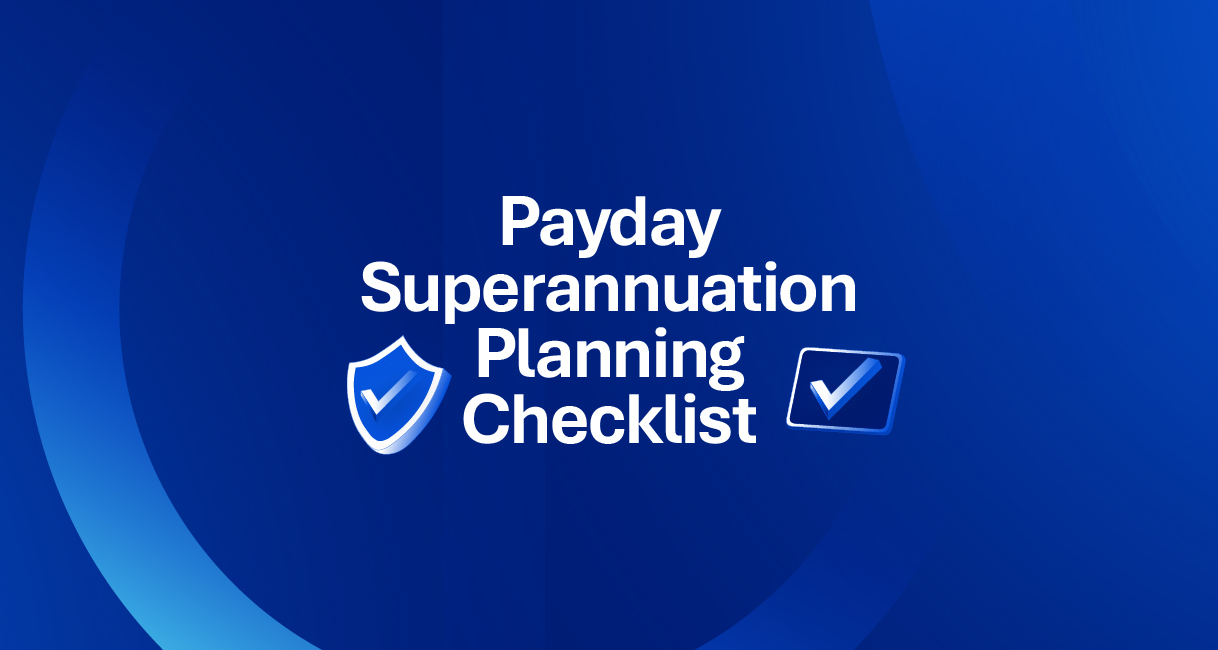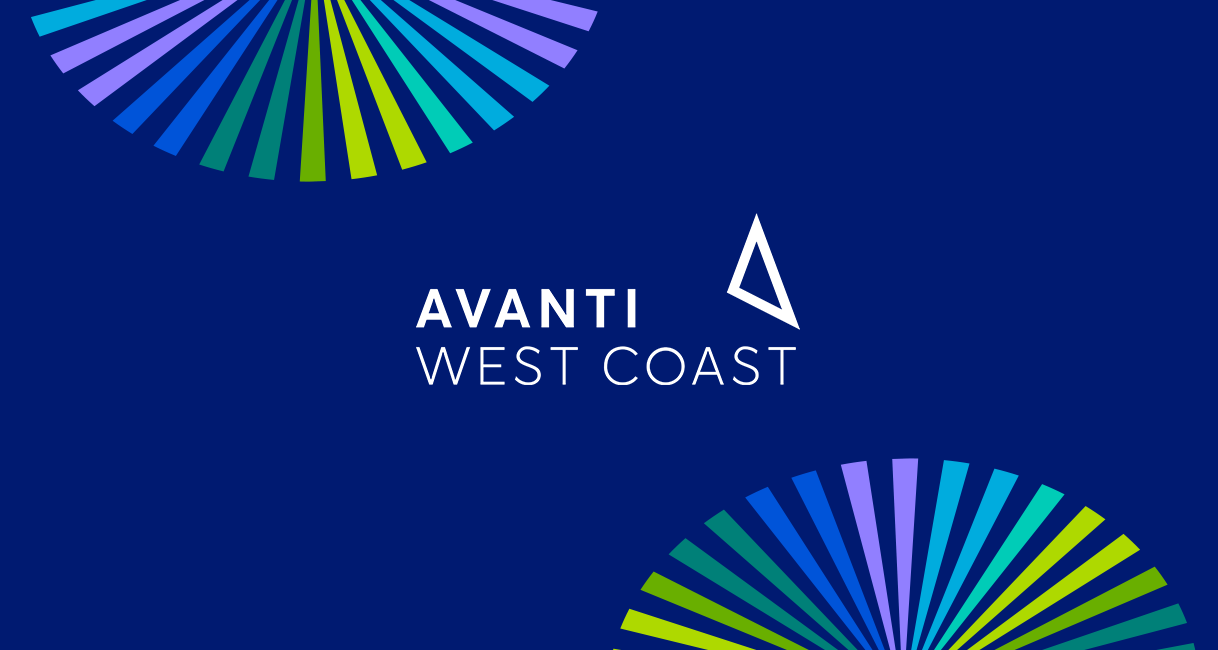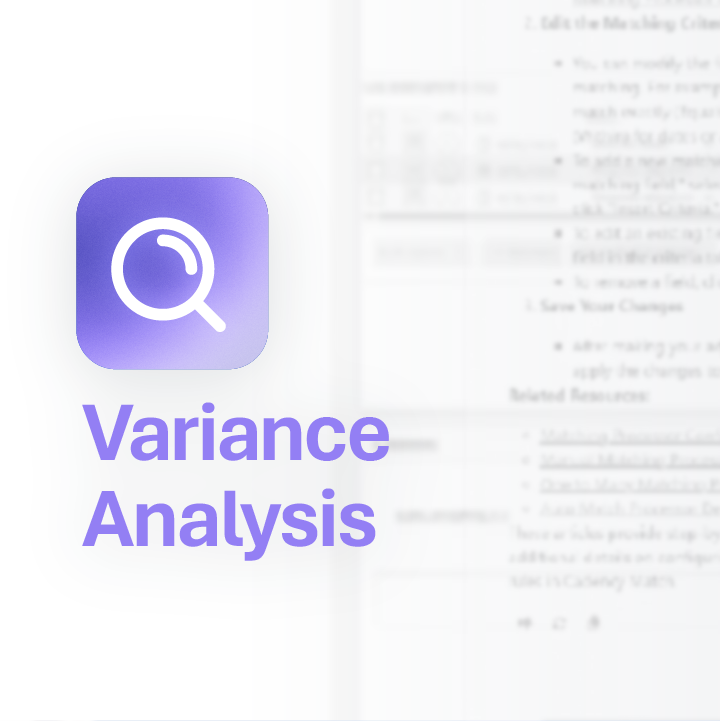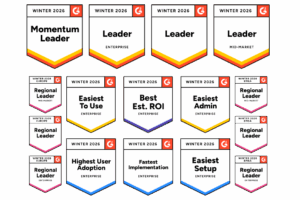Automate for Efficiency & Effectiveness
Gain Confidence in Your Balance Sheet
Ensure Regulatory Compliance

Account Reconciliations Made Simple
Does your team spend too much time manually maintaining spreadsheets? With automation you could reduce your dependency on spreadsheets and minimize the inherent risks of conducting account reconciliations manually.
Time Wasted on Manual Reconciliations
Due to the growing amount of data from multiple sources the reconciliation process has become a daunting task for even the most established organizations. Cut down on busy work by automatically reconciling your accounts — you’ll be thrilled at how much time you can save. With more time, you can focus on high-risk accounts and reduce time to close.
Error-Prone Spreadsheets
If you are concerned that your reconciliation processes may be creating balance sheet inaccuracies that will lead to costly misstatements, you are not alone. View all of your accounts in one place to get more visibility into the status of your balance sheet reconciliations and the data you need to improve them. By removing spreadsheets you can further reduce risk with detailed audit trails.
Too Many Repetitive Tasks
Managing the account reconciliation process manually often leads to finance teams spending a heavy amount of time and effort on low-value work when they could be focused on more strategic initiatives. Automating repetitive low-value tasks doesn’t just save time, it gives you the space to concentrate on your most important accounts and enables you to be a strategic partner to the business.
Account Reconciliation Solutions Made for Every Industry
When you remove repetitive and manual tasks from an employee’s plate, you enable that employee to engage in higher value work. For example, with my team, we’ve upgraded our monthly close process. That means that instead of spending time entering data, my team is working with me to analyze the data and draw conclusions that inform our overarching business strategy.”
The Benefits of Account Reconciliation Software
Manual reconciliation is a labor-intensive process fraught with opportunities for error, oversight, and even fraud. Financial reconciliation software simplifies and streamlines processes, automating those busy and problematic processes that have long plagued finance and accounting departments.
Trintech’s financial close solutions simplify reconciliations and provide numerous quantifiable benefits, such as:
Time Savings
Financial reconciliation software can do in a split second what would take staff members hours or days. Incoming and outgoing payments are automatically checked against bank accounts and entries on your accounts page. Any discrepancies are instantly flagged and brought to the attention of the appropriate staff member. You won’t spend another hour manually checking spreadsheets. Instead, the software will automatically cross-check cashflow, balances sheets, income statements, and more in the blink of an eye with virtually no chance of errors or oversights.
Greater Confidence
Automating your financial reconciliation processes enables business leaders to produce budgets, engage with stakeholders, and devise strategies with a higher degree of confidence. Knowing that the data you have at your fingertips is accurate, timely, and of consistently high quality enables you to react faster to changing market conditions and make critical decisions with confidence.
Accurate Data
Despite extensive training, years of experience, and the best intentions, humans are still prone to errors when it comes to the reconciliation process. By contrast, financial reconciliation software from Trintech eliminates errors, oversights, and omissions while performing its critical work at the speed of light. With manual reconciliations, errors and oversights can—and often do—result in late nights spent attempting to track down errors as the month-end close looms. With error-free data produced by financial reconciliation software, those late nights are a thing of the past.
Fraud Reduction
Until now, the conventional wisdom has been that fraud happens whether we like it or not. All we can do is keep it at a manageable level. With financial reconciliation software, you can ditch that air of resignation and proactively eliminate the opportunities for fraud that are inherent in the manual reconciliation process. If the application detects anomalies or questionable activity, it will automatically alert the appropriate parties.
Greater Transparency
When it comes to your company’s financials, transparency is of the utmost importance. Yet while every company institutes policies and procedures to ensure transparency, those efforts are constantly undermined by the manual reconciliation process. Not anymore. Financial reconciliation software closes those gaps in your processes where questionable calls, unexpected interventions, and staff members operating outside their lanes commonly occur. Instead, everyone understands their role and responsibilities from Day 1 and is compelled by guardrails generated by the application to stay within their area of concern and expertise.
Happier Staff
You could probably count the number of finance and accounting professionals who enjoy the reconciliation process on one hand. Most find it a tedious process that is rife with opportunities for errors which could be traced back to them. As a result, they spend their working lives stressed out, questioning whether they chose the right profession. Automated reconciliations relieves overworked, over-stressed staff members of the onus of monthly reconciliation processes, with the result being a happier workforce. And since happy workers are more loyal workers, we’ll toss in a more loyal workforce, as well.
Standardized Process
As the nature of work changed in recent years, many organizations find themselves more spread out than ever, with a portion of the finance and accounting team working on-site, another portion working from home, and still other functions farmed out to third-party entities. Such a setup simply won’t do when it comes to reconciliations. Financial reconciliation software brings things back under one roof with all reconciliation efforts adhering to a standardized process.

Features of the Best Automated Reconciliation Software:
- Central Dashboard: All data is consolidated into an easily accessible, central location.
- Simple Integration: Automated reconciliation software should be able to integrate with your existing tools.
- Permissions: The software must allow you to assign permission for various functions.
- Real-Time Reports: The best software offers drill-down functionalities and export capabilities.
- Alerts: Automated reconciliation software should enable alerts and notifications.
- Compliant: All personal data must be processed in a manner compliant with applicable rules and regulations, including GDPR.
Financial reconciliation automation software from Trintech offers these capabilities and more.
Our Comprehensive Solutions
All Financial Processes Covered
Bring accuracy, control and visibility to your account reconciliation and close processes. Our automated solutions work to solve any problem, no matter how complex.
Learn More About Account Reconciliations
Achieve world-class account reconciliation processes with our industry thought leadership.






























